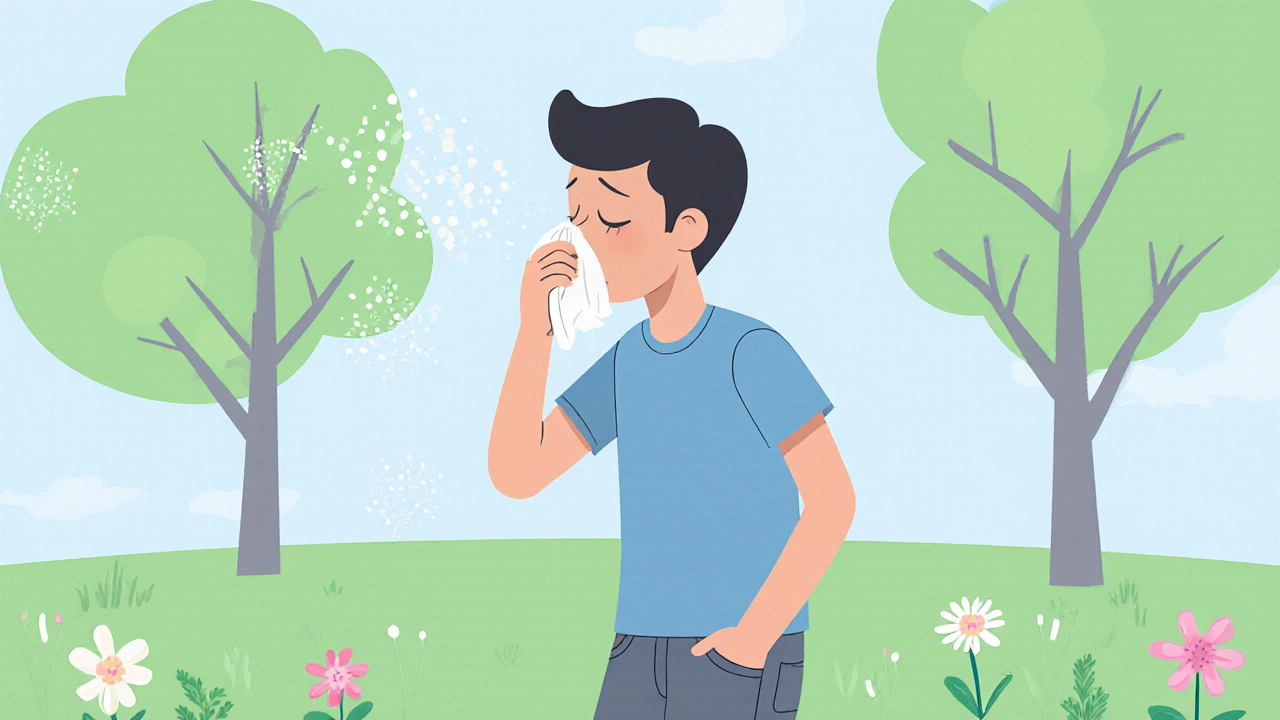Allergies can turn a normal day into a nonstop sniffle‑fest. The good news? Most people can tame the misery with a few smart moves. Below you’ll find the basics you need—what to avoid, which meds actually work, and a couple of home tricks that won’t break the bank.
The first step is figuring out what’s setting off your sneezes. Common culprits are pollen, pet dander, dust mites, and certain foods. A quick way to spot patterns is to keep a simple diary: write down when symptoms start, what you ate, and where you were. If you notice a repeat, you’ve likely found a trigger.
Once you know the troublemaker, try to limit exposure. For pollen, keep windows shut during high‑count days and use an air purifier. Dust‑mite fans love warm, humid rooms, so aim for a cooler, drier bedroom and wash bedding weekly in hot water.
Over‑the‑counter antihistamines are the go‑to for most milder reactions. Non‑drowsy options like loratadine (Claritin) or fexofenadine (Allegra) block histamine, the chemical that makes you itch and sneeze. If you need something stronger or have nighttime symptoms, a short‑acting antihistamine such as diphenhydramine (Benadryl) can help—but expect some grogginess.
For persistent congestion, a nasal steroid spray such as fluticasone (Flonase) works wonders when used daily. It reduces swelling inside the nose, making breathing easier. Decongestant pills or sprays give quick relief, but limit them to a few days to avoid rebound congestion.
People with severe allergic rhinitis or asthma may need a prescription inhaler or a combination pill that includes both an antihistamine and a leukotriene blocker (like montelukast). Always talk to a pharmacist or doctor before mixing meds.
If you’re looking for an alternative, try a natural supplement like quercetin. It’s a plant flavonoid that stabilizes mast cells, which release histamine. While research is still catching up, many users report milder symptoms when they take 500 mg twice a day with food.
Don’t forget eye drops if itchy, watery eyes are part of your problem. Over‑the‑counter lubricating drops or antihistamine drops (e.g., ketotifen) can give quick comfort without a prescription.
Finally, keep a rescue plan handy. If you ever get a sudden swelling of the throat, hives, or trouble breathing, call emergency services and use an epinephrine auto‑injector if you have one prescribed.
From knowing what sets you off to picking the right over‑the‑counter pill, these steps cover the core of allergy treatment. Stick to the basics, tweak as you learn what works for you, and you’ll spend less time reaching for tissues and more time enjoying the day.

Discover how immunotherapy delivers lasting relief for seasonal allergies, its benefits, risks, comparison with meds, and steps to start treatment.
Read More
Compare Nasonex with popular nasal sprays, see how they differ in potency, onset, safety and cost, and learn which option fits your allergy needs.
Read More